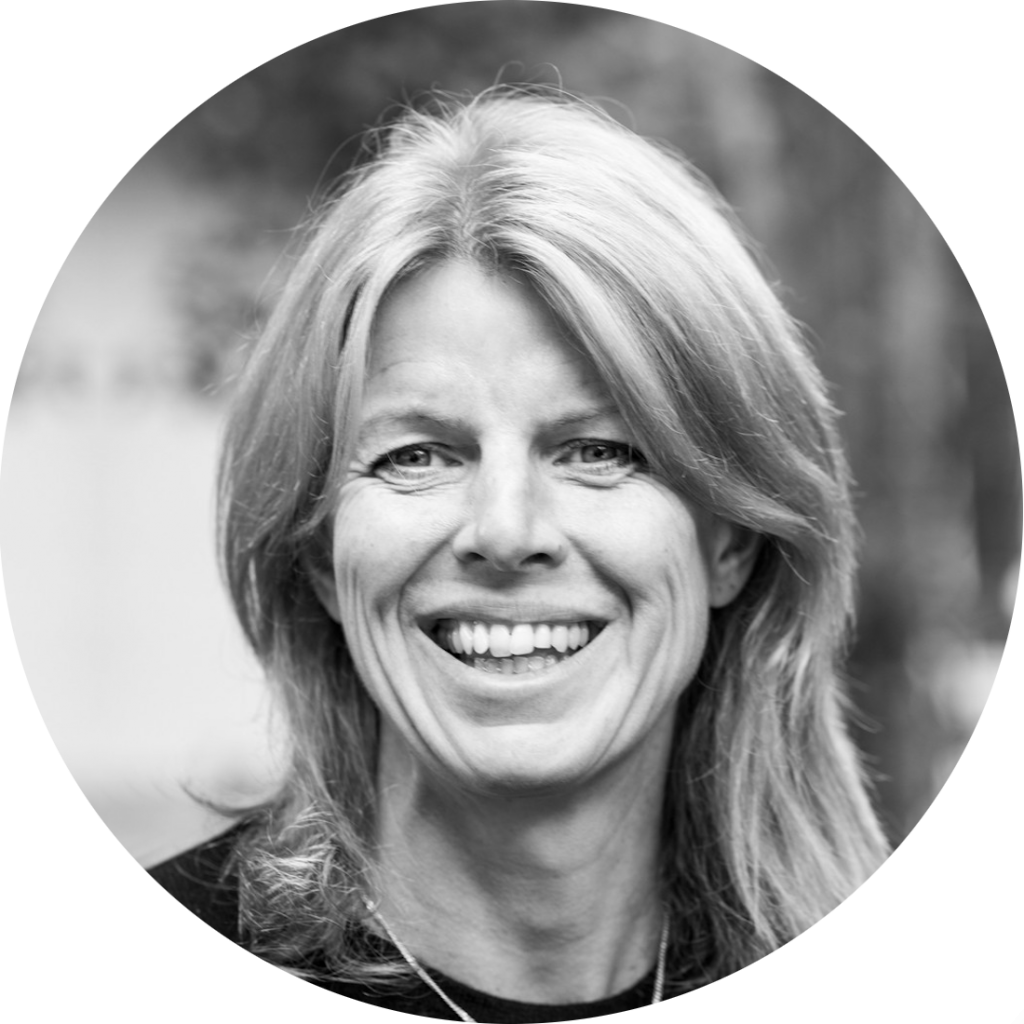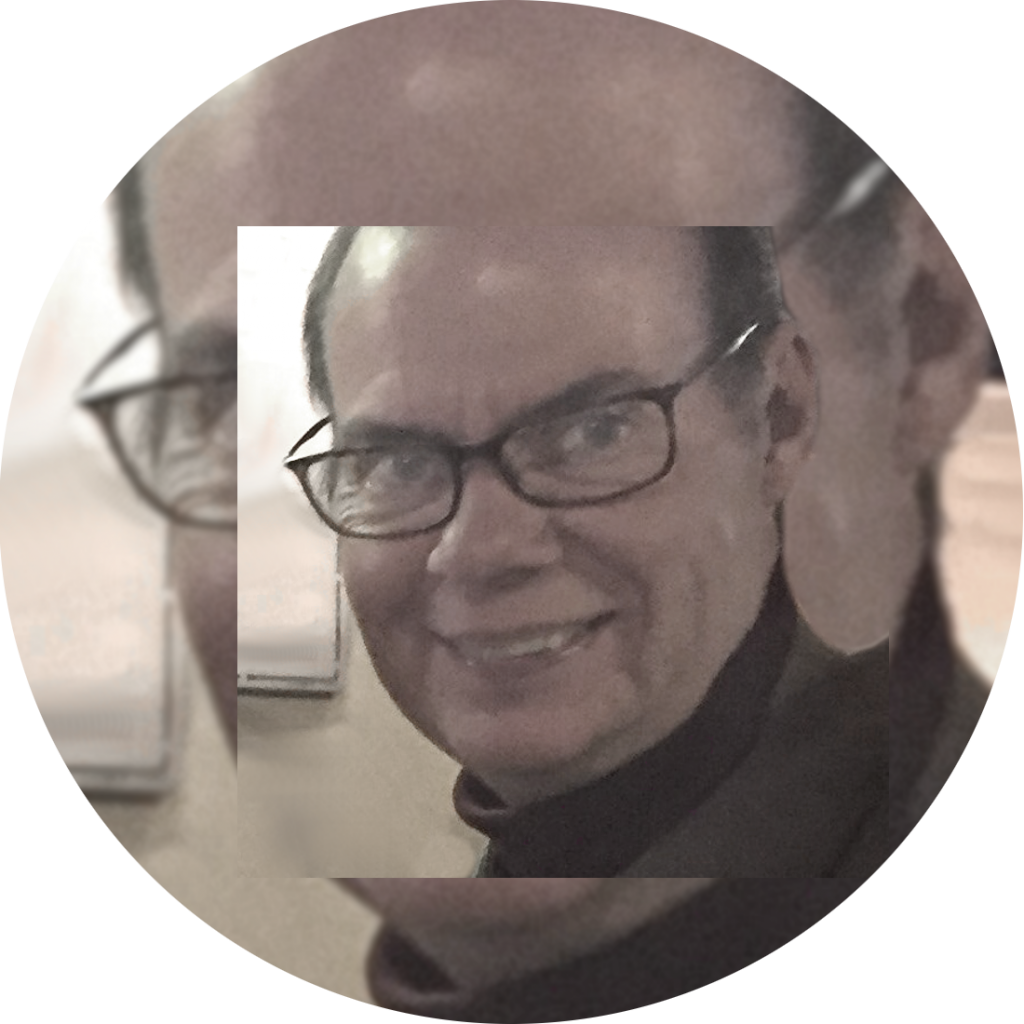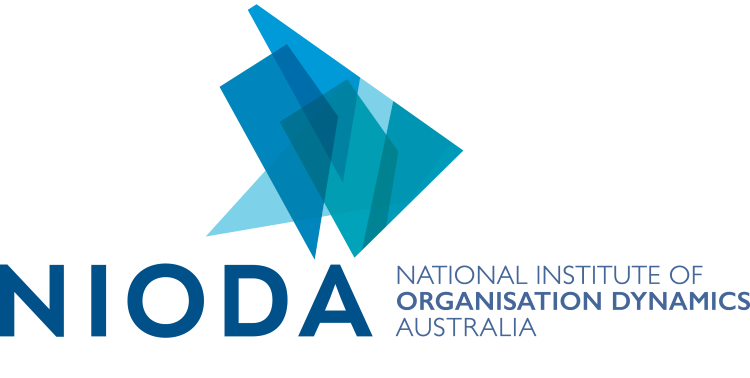🔖 PRESENTATION
Paper (parallel)
📆 DATE
Friday 10 Sep 2021
⏰ MELBOURNE TIME
9.00 - 11.00 am
⏰ LOCAL START TIME
time start

Ms Joan Lurie
Founder & CEO, Orgonomix, Australia
Joan Lurie is the Founder and CEO of Orgonomix, an organisation strategy and leadership development consultancy she established in 2008 to help leaders and organisations develop, perform and transform. She is a Fulbright Scholar with a Master’s Degree in Adult Education and a Master’s Degree in Developmental Psychology.
Joan works with boards, executives and leadership teams to help them to develop systemic intelligence and to design and lead complex adaptive change in their organisations with turnaround results. Working together they emerge new cultures, operating models and organisational forms.
Joan applies the Orgonomics™ methodology she created which is most often referred to as ground-breaking. It’s a novel theory and practice for organisations which integrates strategy, systems thinking, complexity and adult development theory. It provides an ecological ‘map’ for leaders to navigate the unique challenges they face and be fit for the current complex landscape we are in. It enables leaders to fundamentally shift how they take up their roles; reframe their assumptions, mental maps and ways of knowing and repattern their organisational systems for new ways of relating and operating to achieve higher order functioning.
In a nutshell, Joan’s work enables leaders and organisations to liberate themselves from the constraints and patterns which no longer serve them, but in which they are stuck.
“When I first created Orgonomix my core purpose was to assist leaders and organisations to develop their systemic and adaptive muscle – to enable them to continuously develop and grow with complexity. Back then, this was a “nice to have” but now it is an individual and organisational imperative, one which we have to accelerate for the good of our whole ecology”
⏰ DURATION
120 minutes
Lifting the Veil: Discovering Organisational Systems
A way of Revealing Individual Mental Maps and the Patterns that connect them
Today ‘noise’, conflict, dysfunction or underperformance in organisations is mostly understood through two lenses – technical or interpersonal. Leaders try and fix things by changing the organisation (their processes and structures) or changing the people.
But there is another way to understand organisations and how they function. That is to understand them as complex networks of interconnected sensemaking and patterns of interaction between parts. These complex systems of sensemaking are largely invisible and ‘not known’ to us. They are mostly implicit, and like gravity, whilst we cannot necessarily see them, they exert a powerful pull, on individual behaviour and emerge the culture of organisations. Not yet knowing organisations in this way, through this third lens – the constructivist, systemic and complexity lens – is a blind spot. We miss what is in front of us in organisations because we are not looking for it. Then we ‘solve the problems we think we have rather than the ones we actually have’ (Borwick; Coaching in Depth). Coming to know organisations in this way is liberating. It allows us to move from a two-dimensional way of knowing to a third dimension. So how do we come to know organisations in this way? What is a way of revealing these complex systems and coming to understand and change them applying this form of knowing? In this paper I share a way of discovering these organisational systems through revealing individual system mental maps and hypotheses, testing, reframing and reconnecting them.
When we join and take up roles in organisations we form mental maps of the organisation or system we are joining. These system mental maps orient us to where we ‘fit’ into them and define how we navigate them. They are like our internal GPS technology. These maps include how we see our role/s and how our roles relate to other roles; the boundaries of where we belong and our assumptions about how things should function – what the rules of engagement between ourselves and others should be. They inform our behaviour. However, they are generally implicit and ‘unknown’ to the individuals who construct them, individuals are largely subject to them. These maps tend to run individuals rather than individuals consciously design and run them. They are like filters through which we see and make sense and so construct the territory.
There is a way to make these maps visible, to help people peel back these filters and discover their maps. This paper explores this work as a powerful form of diagnostic but also as a liberating intervention for transformation. Moving these maps from implicit to explicit means individuals are no longer captive to them and can hold them as object Importantly it invites them to hold their map more lightly, as a hypothesis, to test it abductively and in an enquiring way go and discover and come to know others’ maps too. It can help people come to know ‘that they know’, how they know and that their way of knowing may be not ‘truth’, it may be different to others’ knowing in the context. This aids a developmental movement (Kegan and Lahey) which can cross over to other contexts.
Powerfully, this is not only an intervention for the individual, but it helps catalyse another level of systemic knowing, a joined-up pattern knowing. Doing multiple maps, uncovers how they connect, where they are more similar or different and how they weave together to define and co-create what is going on. Revealing this interconnected sensemaking simultaneously helps move us from a reductionist to a relational way of making sense. It allows us to lift the veil on the system of collectively constructed patterns of knowing and interacting and how that implicates all. To ‘unknow’ and ‘know’ anew.
Day(s)
:
Hour(s)
:
Minute(s)
:
Second(s)
Session schedule
5 MINS
Introduction
30 MINS
Paper presentation
20 MINS
Small group discussion; impressions of the paper and developing questions for the presenter
20 MINS
Discussion forum with the presenter; moderated for the speaker to elaborate their ideas
10 MINS
Discussion forum with the presenter; themes from the discussions
5 MINS
Break
30 MINS
Whole symposium open reflection discussion
Share this presentation!
Parallel Paper Presentations
The following are presenting at this time

DR JO CHAFFER
What matters in Method (-ology): movement and critical messiness

DR JOSEPH DUGGAN
Unconscious Becoming and Its Undesired Impact

MS JOAN LURIE
Lifting the Veil: Discovering Organisational Systems

